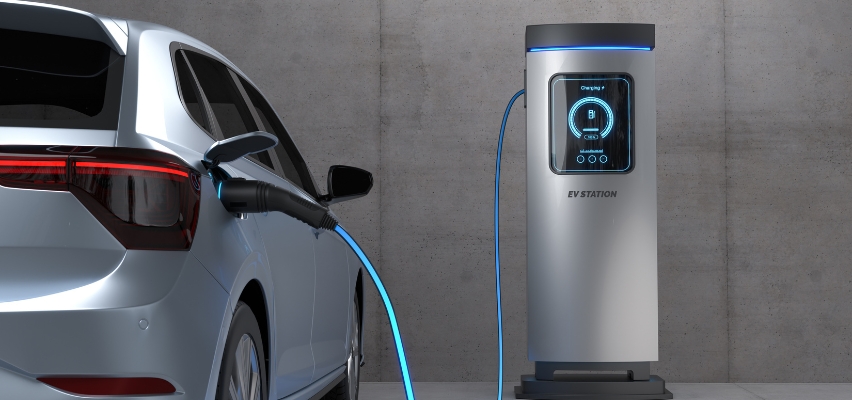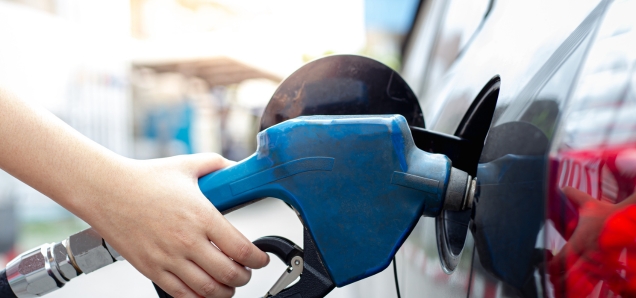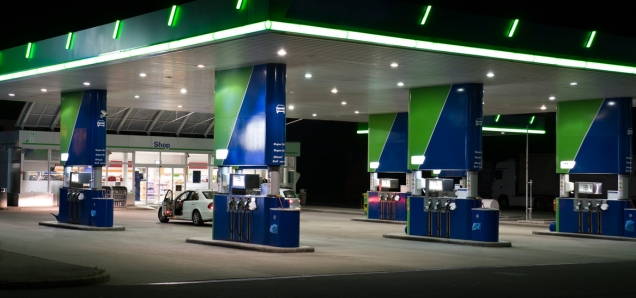Indian Automotive Market Sees Significant Shift: CNG Outsells Diesel, EVs Gain Ground on Hybrids
The Indian passenger vehicle market is undergoing a remarkable transformation, with alternative fuel vehicles challenging conventional powertrains like never before. Recent industry analysis reveals that while petrol continues to dominate sales, compressed natural gas (CNG) vehicles have outsold diesel models for the first time in history, and electric vehicles (EVs) are now slightly ahead of hybrids in terms of market acceptance.
1. Market Overview: Changing Preferences
-
The FY2025 fuel-mix report indicates a substantial shift in consumer behavior, with buyers increasingly prioritizing fuel efficiency and lower operating costs amid fluctuating fuel prices and environmental concerns. This change has created a more diversified automotive landscape where no single powertrain type completely dominates the market anymore.
-
According to industry data, petrol vehicles maintain their stronghold with the largest market share, but the surprising development comes from CNG vehicles surpassing diesel sales—a milestone that signals changing consumer preferences and the growing acceptance of alternative mobility solutions across the country.
2. CNG's Remarkable Rise
The surge in CNG vehicle adoption represents one of the most significant trends in the Indian automotive sector. Market leader Maruti Suzuki commands an impressive 70.5 percent of India's total CNG car sales, capitalizing on its extensive CNG portfolio that appeals to both fleet operators and private buyers.
-
Economic Appeal: CNG's growth is largely attributed to its high fuel efficiency and low cost of ownership, making it particularly attractive in a price-sensitive market like India. Fleet buyers have been early adopters, but private buyers are increasingly choosing CNG options as well.
-
Model Availability: Manufacturers have responded to this demand by expanding their CNG offerings. Maruti Suzuki sold 5,91,730 CNG units in FY2025, while Hyundai Motor India moved 79,267 CNG cars during the same period.
-
Infrastructure Development: The growing network of CNG stations across India has also contributed to consumer confidence in adopting this fuel technology.
3. Electric Vehicles Narrow the Gap
The use of a 2.2-litre Dicor diesel engine (100 HP, 200 Nm) is a strategic choice.
-
Electric vehicles have made significant strides in the Indian market, now slightly ahead of hybrid vehicles in sales—a development that few industry analysts predicted just a few years ago.
-
Sales data from FY2025 reveal that EVs accounted for approximately 21% of new car registrations as of January 2025, surpassing both diesel and all hybrid powertrains combined. This growth represents a 560% increase in EV sales since 2020, a staggering pace of adoption despite infrastructure challenges.
-
Hyundai Motor India sold 3,970 units of EVs in FY2025, while MG Motor India—now outperforming Tata Motors in the EV segment—has seen considerable success with models like the Windsor EV and Comet EV.
4.Hybrids: The Steady Performer
While hybrids have been surpassed by EVs in terms of sales, they remain an important part of the alternative powertrain landscape. Toyota Kirloskar Motor continues to lead this segment with over 79 percent market share in FY2025, offering popular models like the Urban Cruiser Hyryder and Innova Hycross with strong hybrid powertrains.
Globally, hybrids have experienced a resurgence as consumers appreciate their improved fuel economy over pure gasoline models without the range anxiety associated with some electric vehicles. As one hybrid owner noted, "It's so smooth... I can't tell I'm driving a hybrid. It just seems like I'm driving a normal car.
Automakers have adopted varied strategies to navigate this evolving landscape:
-
Maruti Suzuki has leveraged its strong CNG portfolio while gradually entering the hybrid space.
-
Hyundai Motor India continues to offer petrol, diesel, and CNG options while planning new mass-market electric and hybrid cars for the coming years.
-
Mahindra & Mahindra has found success by capturing 55% of the diesel market and over 11% of the EV segment.
-
Tata Motors, despite offering across all fuel types, lost ground in FY2025 across all segments.
5. Regulatory Influence
-
MaGovernment policies have played a significant role in shaping these market dynamics. The UK's recent decision to allow hybrid sales until 2035 while maintaining the 2030 phase-out date for conventional petrol and diesel cars illustrates how regulatory frameworks are adapting to technological realities and consumer readiness.
-
Similar policy adjustments in India, including the FAME II scheme and various state-level incentives, have encouraged the adoption of electric and alternative fuel vehicles while acknowledging the transitional role of hybrid technologies.
6. Consumer Perspective: Why the Shift?
The changing market dynamics reflect evolving consumer priorities:
-
Cost Consciousness: With fuel prices remaining volatile, buyers are increasingly attracted to the lower operating costs of CNG and electric vehicles.
-
Environmental Awareness: Growing concern about air pollution, particularly in urban areas, has made eco-friendly options more appealing.
-
Technology Acceptance: As drivers become more familiar with alternative powertrains, hesitation decreases. One hybrid owner noted, "It doesn't feel like a hybrid... It's so smooth.
-
Model Availability: The expanding range of CNG, electric, and hybrid models across price points has made these technologies accessible to more buyers.
7. Future Outlook
-
Industry analysts predict that these trends will accelerate in the coming years. Cox Automotive's forecast suggests that EV sales could overtake petrol sales in the UK by 2028, and similar patterns may emerge in India as charging infrastructure expands and prices become more competitive.
-
However, significant challenges remain. Cost concerns continue to hinder broader EV adoption, with 69% of drivers unwilling to pay more for an electric vehicle over a petrol or diesel alternative. Additionally, 86% of drivers want to see greater incentives from governments to drive adoption.
-
The ZEV mandate targets—requiring 52% EV sales by 2028—may be difficult to achieve unless "significant barriers" are overcome, including charging infrastructure, affordability, and consumer education.
9. Innovation Response
-
Automakers are responding to these challenges with continued innovation. Maruti Suzuki's recently updated Ertiga now features a redesigned rear roof spoiler, repositioned AC vents, and additional USB ports—enhancements that improve the ownership experience without sacrificing the fuel efficiency of its 1.5L K-Series petrol and CNG powertrains.
-
The introduction of new models like the 'Maruti Victoris'—featuring Level-2 ADAS, Dolby Atmos technology, and an underbody CNG tank—demonstrates how manufacturers are integrating advanced technologies with alternative powertrains to meet evolving consumer expectations.
9. Global Context
-
These developments in India reflect broader global trends. As one industry expert noted, "People like the attributes that hybrids bring to the table. They offer better mileage than pure gasoline models, and the prices are pretty close to pure gas vehicles, so they're much more affordable than EVs.
-
The resurgence of hybrid popularity globally—after years of being dismissed as merely an interim solution—demonstrates how consumer preferences and practical considerations ultimately shape market outcomes despite ambitious technological roadmaps.
Conclusion: An Industry in Transition
The Indian automotive market's evolution—with petrol maintaining dominance, CNG surpassing diesel, and EVs pulling slightly ahead of hybrids—illustrates a sector in the midst of a significant transformation. While the pace of change has surprised some observers, it reflects the complex interplay of consumer preferences, economic factors, regulatory frameworks, and technological innovation.
As Rajesh Kumar, an automotive industry analyst based in New Delhi, notes, "What we're witnessing is not merely a shift in powertrain preference but a fundamental reimagining of personal mobility. Consumers are increasingly aligning their vehicle choices with both economic practicality and environmental consciousness, creating opportunities for those manufacturers agile enough to respond."


